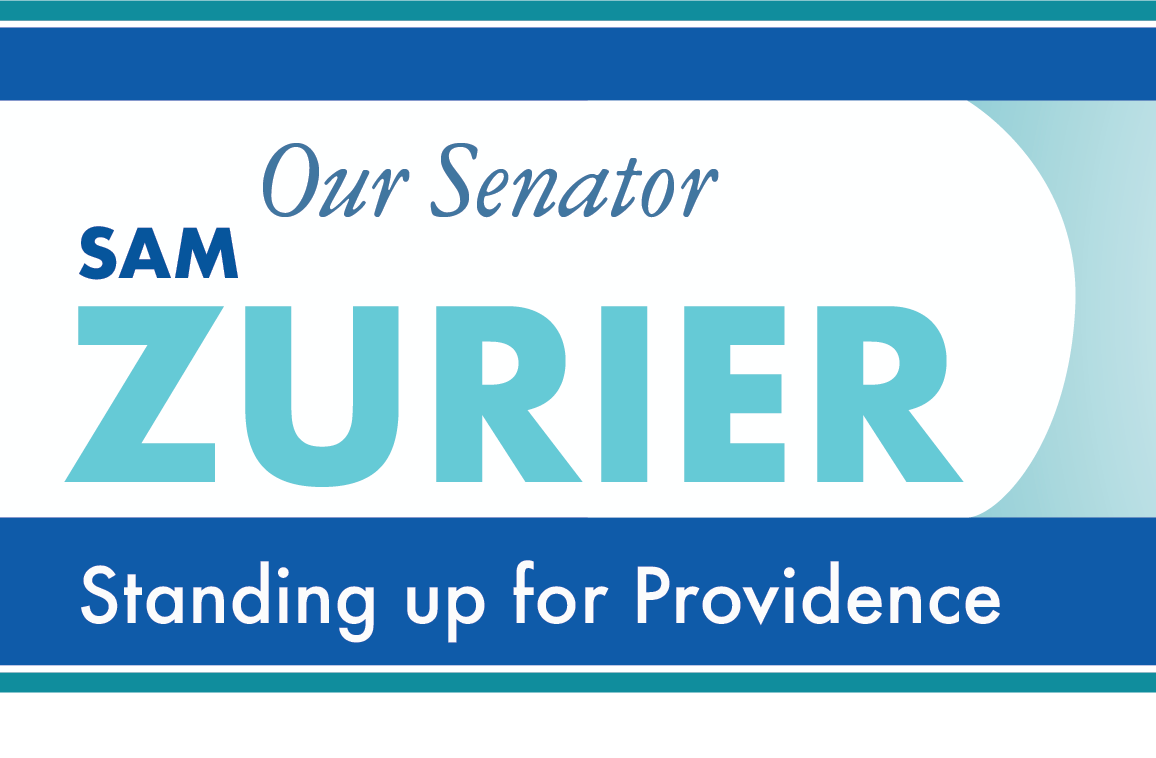the City Council’s holiday break approaching, this week’s letter discusses the Blackstone Boulevard traffic calming proposal and the Fogarty Building project.
Last Monday night, the Department of Public Works presented a proposal to install raised crosswalks and speed lumps on Blackstone Boulevard for “traffic calming.” The DPW developed the proposal from meetings with a group of Blackstone Boulevard residents who wanted to address speeding on the Boulevard. Around 150 people attended the meeting, and all but one spoke in opposition to the proposal. After the meeting the DPW decided the proposal will not move forward. In the aftermath of the meeting, I heard from many of you about a range of topics, with the majority of comments falling within two groups. The first group questioned the expenditure of public funds to develop a proposal that they considered so obviously flawed. The process DPW uses for traffic calming proposals begins with the initiative of residents. For smaller projects, such a group can accurately reflect the neighborhood’s perspective. In this case, however, the scale of the proposal involved a broad range of stakeholders who were not present at the planning meetings. With that said, I do not think we should blame Nate Urso, William Bombard, Russell Knight or the DPW – they were working on nights and weekends to assist residents who were trying to improve the neighborhood, as they would any of us. This project was too big to fit within the normal traffic calming process, and any future ideas to change the Boulevard will likely proceed more slowly and inclusively. With that said, I believe the DWP earned our thanks, rather than our criticism.
The second group expressed concerns with the gratuitous misbehavior of some of the meeting’s participants. On this point, I am in total agreement – these self-appointed community spokespersons embarrassed the neighborhood as well as themselves. Fortunately, the great majority of participants listened respectfully and offered substantive ideas. At the end of the day, the system worked, in the sense that a proposal was presented, the public offered its feedback, the officials listened to the public, and the proposal did not go forward. We still have a speeding issue on the Boulevard, and Lieutenant Ryan (who also attended the meeting) will continue to allocate police resources to this issue as other priorities allow.
On Thursday night, the City Council gave final approval to a project to replace the Fogarty Building with a hotel. While the project will generate $40 million of economic activity, the gains to the City’s tax base will be more limited both in time and scope. The tax stabilization agreement stipulates a 13-year “stabilization period” before the new hotel is assessed at a projected full value of $16.4 million, to generate taxes of $703,000. While the tax base will grow, the project reveals two key limitations in the City’s economic development picture. First, the City currently estimates this $40 million project will carry a $16.4 million tax valuation when completed, presumably reflecting the costs of demolition and the state of the real estate market. Also, it will be 8 years before the project generates even half of the “full value” of $703,000 in tax revenue.
I used to believe that the City was not gaining enough from these tax stabilizations to merit their approval, thinking of the “full tax” 257 Thayer Street project as a useful example. Over time, however, I have concluded the Thayer Street project was an isolated exception, and that little or no meaningful development will take place downtown without this type of agreement, no matter how much we lament this fundamental reality. As a result, we would be best served by a “template” tax stabilization agreement available to all, an aggressive marketing plan and a medium-term financial plan for the City that recognizes the time lag between economic development and growth of the City’s tax base.
Sincerely,

